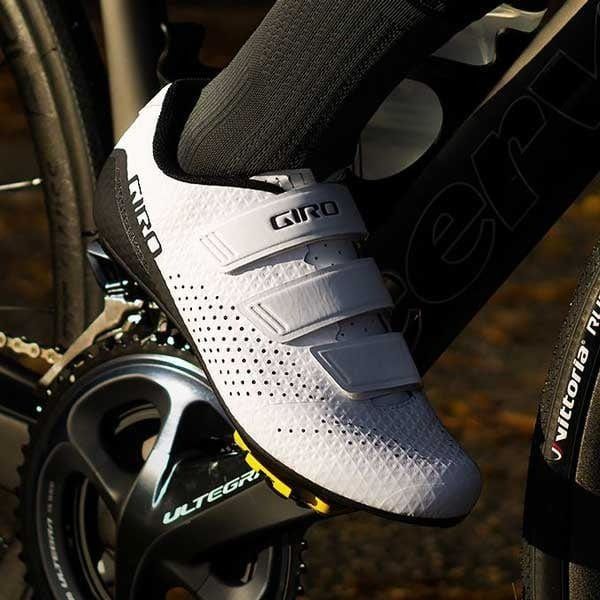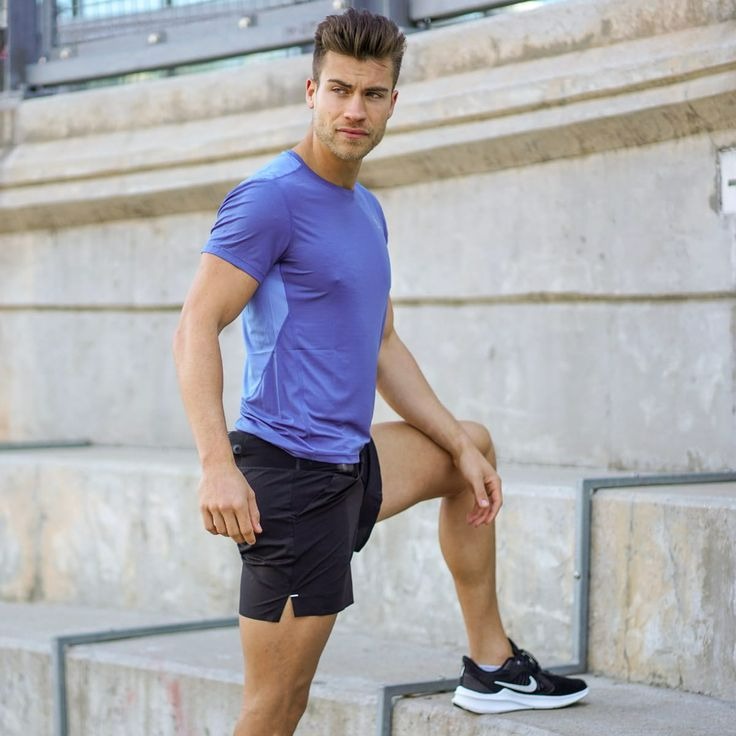The Importance of High-Quality Cycling Bibs
For cyclists, high-quality cycling bibs are as crucial as a well-tuned bike. They provide much-needed comfort during long rides and can greatly impact your overall performance. A good cycling bib should support your muscles, manage moisture effectively, and minimize chafing, all while fitting like a second skin.
Investing in a top-notch pair is investing in countless hours of enjoyable cycling. Ease of movement, protection from saddle sores, and the ability to ride longer without discomfort are just the baseline benefits. When you choose high-quality cycling bibs, you ensure a better cycling experience, whether you’re racing or just enjoying a weekend ride. It’s an essential part of your gear that can make a real difference in your cycling journey.
Key Features to Look for in Cycling Bibs
Finding the right cycling bib is key for peak performance and comfort. When shopping for your next pair, consider these essential features:
- Material Quality: Seek out bibs made from high-wicking, breathable fabrics. They should feel light yet durable.
- Chamois Pad: Ensure it’s high-density and well-shaped to reduce friction, and cushion your sit bones.
- Comfortable Fit: A proper fit is crucial. The bib should contour your body without restricting movement.
- Leg Grippers: These should hold the shorts in place without pinching your skin. Look for silicone grippers for a secure fit.
- Bib Straps: They should sit flat against your body, distributing pressure evenly. Opt for wide, stretchable straps for comfort.
- Aerodynamic Design: Sleek fits contribute to better aerodynamics. Choose designs that align with your cycling posture and movements.
- Care Instructions: Verify that the bibs can stand up to regular washing without losing shape or performance.
Investing in these features ensures you have cycling bibs that support long rides and rigorous training sessions. Remember, a well-chosen bib amplifies your cycling experience.
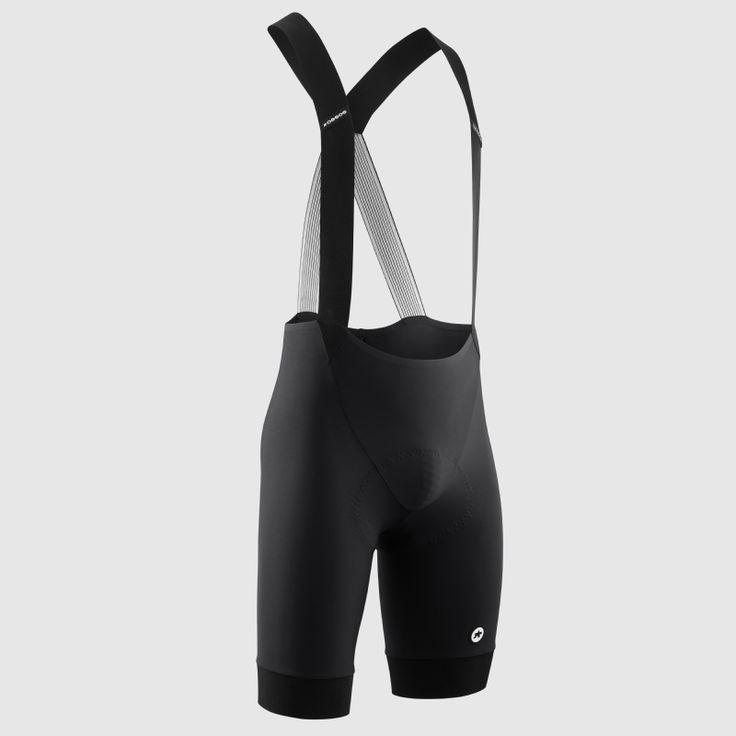
Material and Fabric Technology
The right fabric in cycling bibs is a game changer. It can mean the difference between a ride that feels effortless and one that’s bogged down by discomfort. Cutting-edge material technology plays a pivotal role in ensuring you stay dry and comfortable, no matter how intense the ride. Here’s what to consider:
- High-Wicking Fabrics: Choose materials that pull moisture away from your skin. You’ll stay dry and avoid the chills that come from damp clothing.
- Breathability: Look for fabrics that let your skin breathe to release excess heat. Ventilation is key to keeping cool.
- Durability: Your cycling bib should withstand the test of time and terrains. Durable materials resist wear and tear from friction and environmental factors.
- Four-Way Stretch: A fabric with a four-way stretch offers freedom of movement. It allows the bib to move with you, not against you.
- Weight: Lightweight fabrics improve comfort and performance. You won’t feel weighed down by your gear.
- UV Protection: For rides under the sun, materials with UV protection are a smart choice. They help shield your skin from harmful rays.
Through advancements in fabric technology, cycling bibs now provide riders with an edge. They maximize efforts by keeping you at optimum comfort levels throughout your journey. Remember to check the fabric tech when picking your next pair of cycling bibs. It’s an investment that pays off in every pedal stroke.
Chamois Pad Innovation for Long Distance Comfort
Comfort on long rides starts with the chamois pad. These pads are crucial for reducing friction and providing cushioning. As technology advances, so does the innovation in chamois pads. Here’s why they’re key for long distance comfort:
- High-Density Foam: Modern chamois pads use high-density foam for better shock absorption.
- Anatomical Shape: They are shaped to match the rider’s anatomy, increasing comfort and fit.
- Breathable Materials: These pads feature breathable materials to keep the area dry.
- Anti-Bacterial Treatments: Many pads include anti-bacterial treatments to prevent discomfort and odors.
- Seamless Construction: This helps to reduce the risk of chafing on long rides.
- Moisture Management: Effective moisture-wicking away from the skin is essential.
When selecting a cycling bib, check the chamois pad carefully. Look for these innovations to enhance your long-distance riding experience. A cutting-edge chamois pad can make hour-long rides feel much more comfortable.
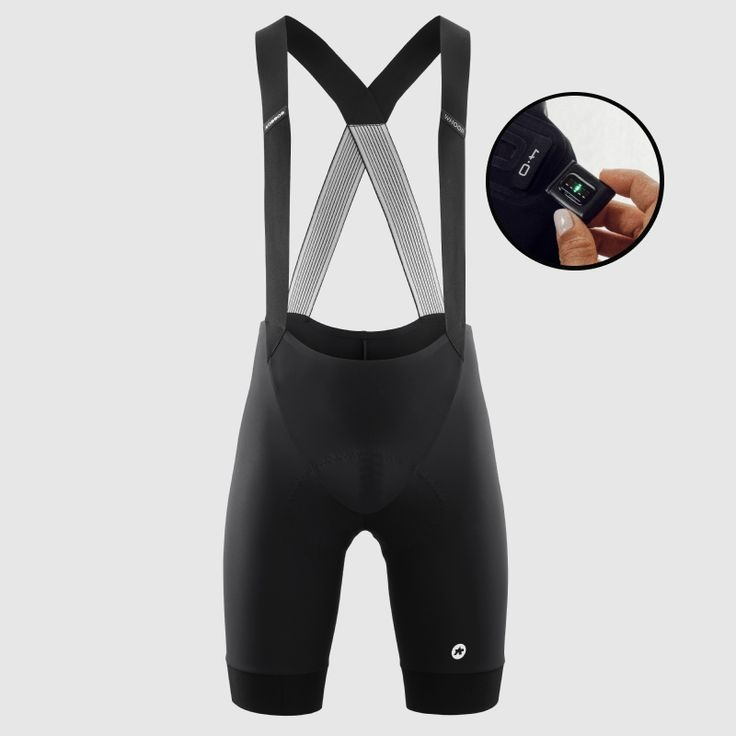
Fit and Sizing: Getting it Right
Getting the right fit in a cycling bib is crucial for comfort and performance. A well-fitting bib should feel like a second skin, providing support without restricting your movements. Here are the factors to consider when determining the right fit and size for your cycling bibs:
- Body Contouring: The bib should conform to the shape of your body. Look for a snug, yet comfortable fit that allows full range of motion.
- Size Charts: Always consult the manufacturer’s size chart before purchasing. Consider your body measurements and compare them to the sizing provided.
- Stretch: Ensure the fabric has enough stretch to accommodate your movements. Four-way stretch materials are ideal.
- Torso Length: Pay attention to the torso length, especially if you have a longer or shorter upper body. The straps should not dig into your shoulders.
- Try Them On: If possible, try on multiple sizes to find the best fit. Cycling positions can differ, so choose a fit that’s comfortable on the bike.
- Adjustability: Some bibs offer adjustable straps or elements to fine-tune the fit. Take advantage of these features for a personalized feel.
Remember, a cycling bib that’s too tight may restrict blood flow and movement, while one that’s too loose can cause bunching and chafing. Invest time in finding the right fit to boost your cycling experience and improve your performance on the bike.
Leg Grippers and Compression Elements
Leg grippers play an essential role in cycling bibs. They prevent the shorts from riding up and ensure a snug fit throughout your ride. Here’s why they are important:
- Secure Fit: Good leg grippers keep the shorts in place. This adds comfort and reduces distractions while cycling.
- Improved Comfort: Non-slip silicone grippers are common. They grip gently without causing skin irritation or pinching.
- Streamlined Cycling: Secure leg openings contribute to aerodynamic cycling. They help maintain a smooth silhouette against the wind.
Next, let’s talk about compression elements. These features support your muscles during strenuous rides. They improve blood flow and reduce muscle fatigue. Here are some benefits:
- Muscle Support: Compression materials help support your muscles. They can aid in reducing the onset of fatigue.
- Enhanced Recovery: Compression can help speed up recovery. It supports blood circulation, which is crucial after long rides.
- Performance Boost: Some riders find that compression elements in bibs boost their performance. They provide a firm, supportive feel.
When choosing cycling bibs, look for quality leg grippers and compression elements. These two features can greatly improve your ride’s comfort and your overall performance. Remember to check the grip and compression of the bibs to ensure they fit your cycling needs.
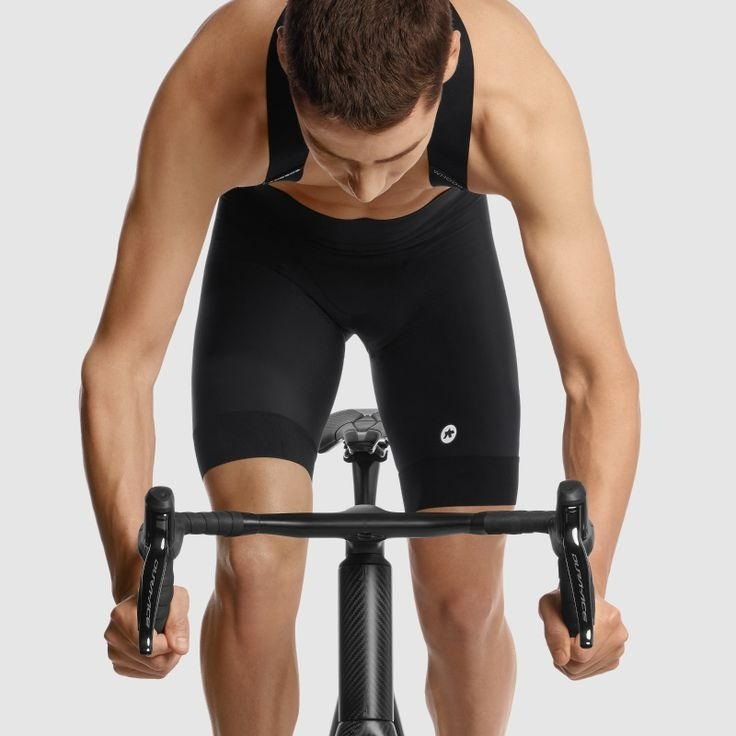
Bib Straps and Upper Body Support
The right bib straps are critical for unrestrictive upper body movement. They offer ample support during long rides. Here’s what makes bib straps essential:
- Even Pressure Distribution: Straps should disperse pressure evenly across the shoulders. This prevents digging and discomfort.
- Wide and Flat Design: Choose straps that are wide and lay flat against your skin. This design reduces the risk of chafing and irritation.
- Stretch and Recovery: Look for straps with good stretch. They should return to shape after extending for consistent support.
- Breathability: Straps must allow for airflow. This keeps you cool and dry on warmer days.
- Non-slip Features: Some straps have grippers or textures to stay in place without slipping off your shoulders.
- Durable Construction: Straps should last, enduring wash and wear without losing elasticity or comfort.
- Compatibility with Jerseys: Straps must fit comfortably under your cycling jerseys. They should complement your kit without bunching.
Bib straps are more than just a means to hold your shorts up. They play a pivotal role in overall comfort and performance. By choosing the right straps, you enhance your cycling experience. Make sure to test the fit and feel of the bib straps when selecting your cycling bib. It’s a simple step that has a significant impact on your ride.
Aerodynamics and Integration with Cycling Kits
When choosing a cycling bib, aerodynamics can be just as important as comfort and fit. A well-designed bib can reduce air resistance and enhance your cycling efficiency. Here’s what you need to know about the aerodynamic aspect of cycling bibs:
- Streamlined Fit: A cycling bib should have a sleek fit that hugs your body. This design helps cut through the wind with less drag.
- Integrated Components: Some bibs come with integrated features that complement aerodynamic cycling jerseys. They work together to smooth airflow over your body.
- Seamless Transitions: Look for bibs that create seamless transitions between different pieces of kit. Smooth edges and fewer seams contribute to reduced air turbulence.
- Position-Specific Design: Certain bibs are designed with specific cycling positions in mind. They support an aerodynamic posture without compromising movement.
Integration with your cycling kit is also key. Your bib should fit well with the rest of your gear:
- Uniform Look: A cohesive appearance is not just about style. It can also positively impact your cycling by reducing drag.
- Kit Compatibility: Ensure your bib’s straps and leg grippers don’t clash with your jersey or leg warmers. They should work together for a secure, streamlined fit.
- Ease of Movement: Your entire kit should allow for unrestricted movement. It should enable you to transition smoothly between different cycling positions.
In conclusion, paying attention to how your cycling bib contributes to aerodynamics and integrates with your overall kit is essential. It can lead to marginal gains that improve your speed and performance. Make sure to choose a bib that complements your cycling kit and supports an aerodynamic form on the bike.
Care and Maintenance for Durability
Caring for your cycling bib is as important as choosing the right one. Proper maintenance can extend its life and sustain performance. Follow these tips to keep your cycling bib in top shape:
- Wash Regularly: Clean your bib after every ride. This prevents bacteria build-up and fabric breakdown.
- Follow Washing Instructions: Use the settings recommended by the manufacturer to avoid damage.
- Avoid Fabric Softeners: These can degrade the material’s moisture-wicking abilities.
- Hang Dry: Air dry the bib instead of using a dryer. High heat can harm elastic and other materials.
- Store Properly: Keep your bib in a cool, dry place. This prevents mildew and preserves the fabric’s integrity.
- Inspect Regularly: Check for signs of wear, such as thinning material or loose seams. Early repairs can save your bib.
- Handle with Care: When putting on or taking off your bib, do it gently to prevent stretching or tearing.
By investing in these care practices, your cycling bib will support countless rides. Remember, a well-maintained bib performs better and lasts longer.
